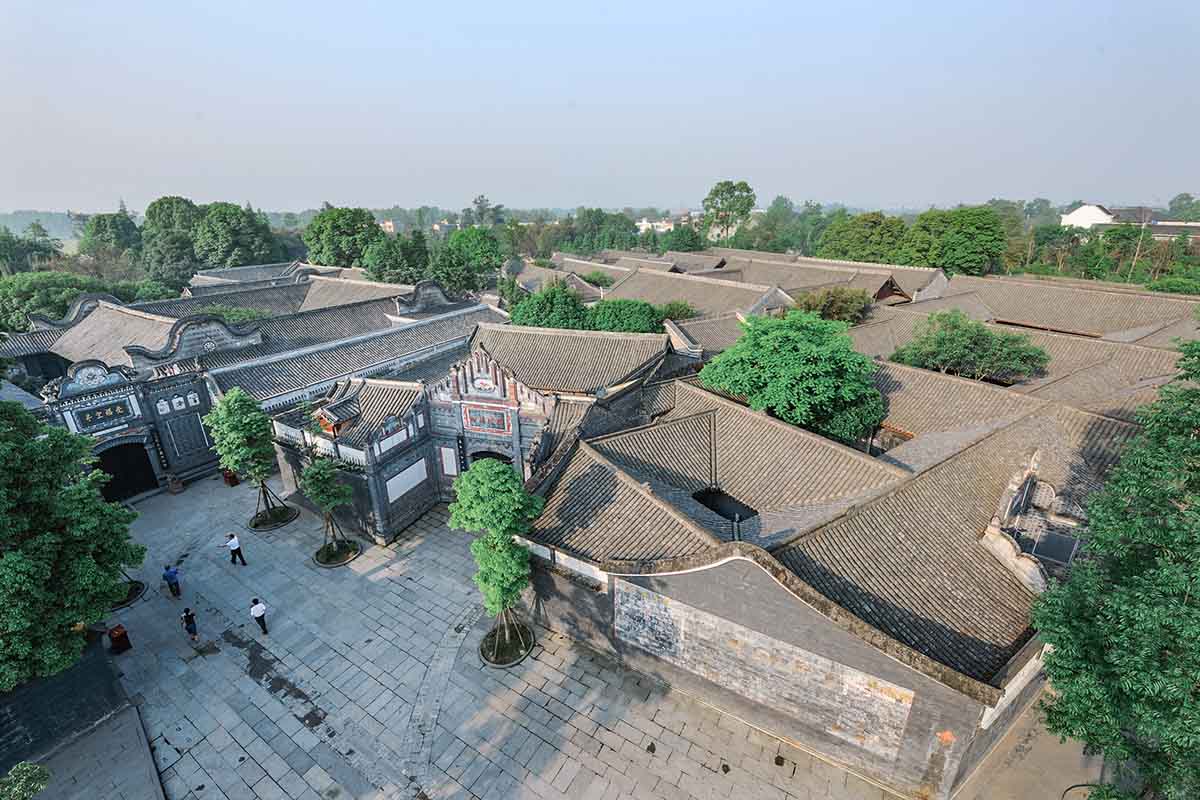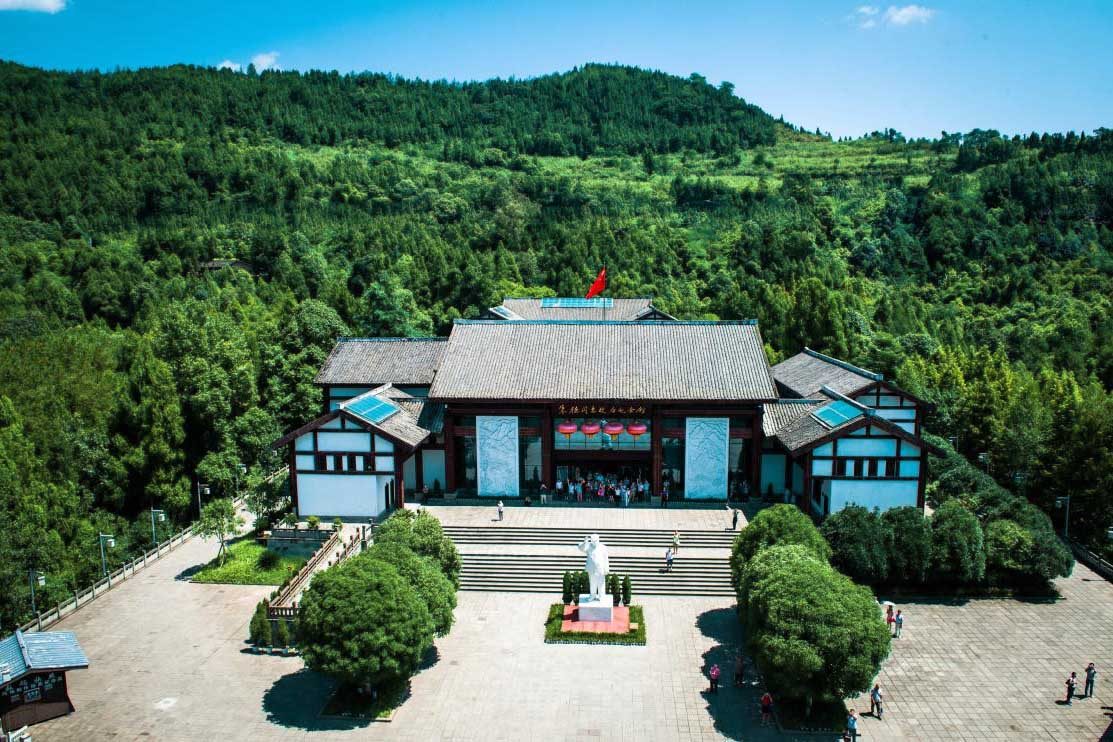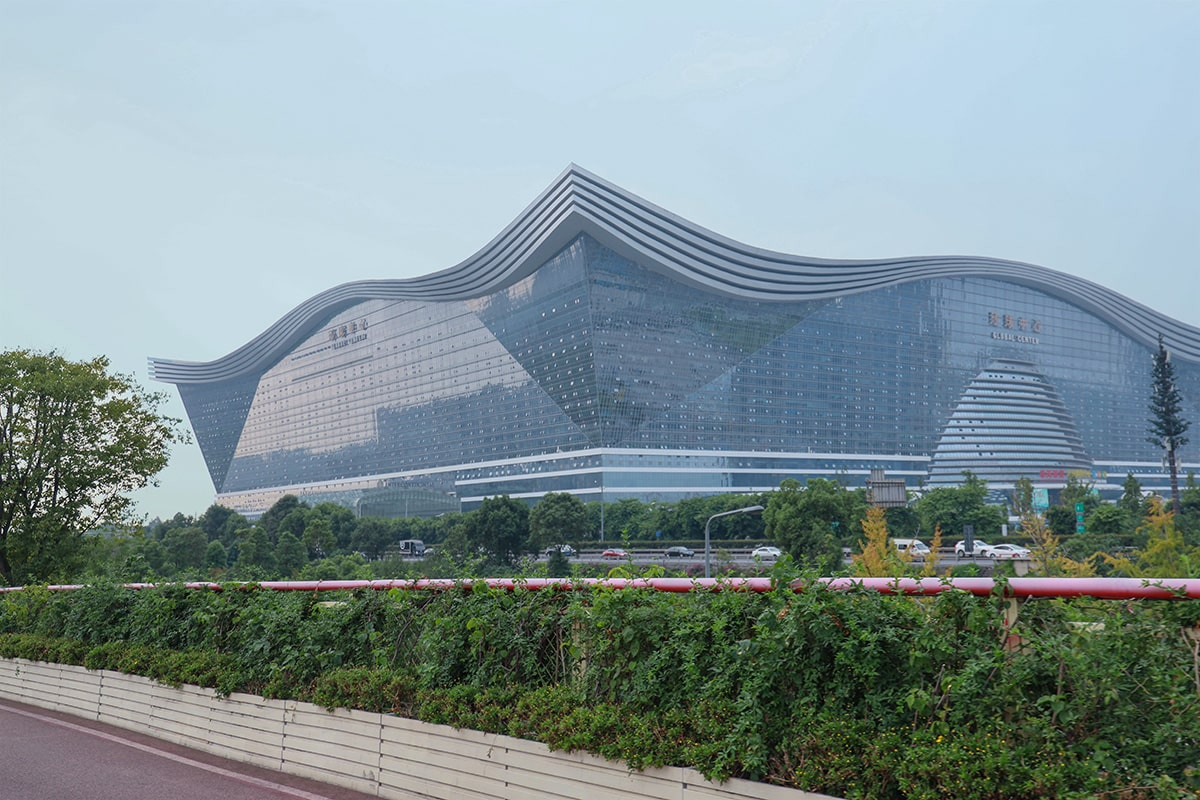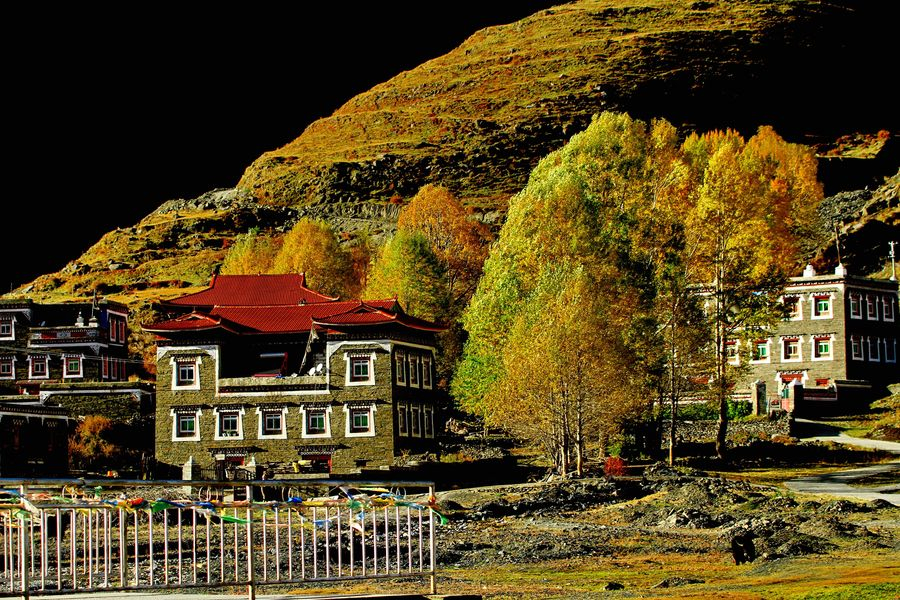Liu's Manorial Museum
Chinese name: 刘氏庄园(Liu Shi Zhuang Yuan)
Location: Anren Township, Dayi County, Chengdu, Sichuan Province
Ticket: Entrance ticket CNY50.00
Estimated time of tour: 1-2hours
Recommended time of visit: all year round
Nearby attractions: Jianchuan Museum, Anren Ancient Town, Xiling Snow Mountain, Heming Mountain, Xinchang Ancient Town, etc.

Located in Dayi County of Chengdu City, Sichuan Province, the Liu's Manorial Museum was the former residence of the influential landlord and merchant Liu Wencai. It covers an area of 70,000 square meters, and consists of two big architecture groups. The buildings are very luxurious, and include various shapes such as rectangles, squares and terraces. It was converted into a museum in October 1958. It now houses an extensive collection of over 27,000 cultural relics, including a suit of rosewood desks and chairs with marbles in it.
Liu was a controversial character lived in the early days of 20th century. He gained fame and fortune through forced taxation in many cities and towns in Sichuan when his younger brother, Liu Wenhui, took the office as Governor of Sichuan Province in the 1920s-1930s. Liu Wencai was considered as a vicious tyrant who bullied local farmers. He was also deemed responsible for the death of many revolutionists. On the other hand, some people see him as a great philanthropist who built schools, hospitals and irrigation projects to promote local economy.
His residence has been turn into museum. The mansion was built in late Qing Dynasty in late 19th century. It exuded luxury and grandeur. Its details reflect stiffness and hierarchy of a feudal society. These groups of architecture were designed in a style that absorbs features of the East and West. Elements of traditional Chinese courtyard and European castles and churches can be found on these houses. Houses were built with grey bricks and wood, an architectural feature commonly seen in west Sichuan in 1920-30s.
As a museum, there are more than 27000 pieces of items and artifacts on display, showing the daily lives of the privileged and the struggles of the poor in early days of 20th century southwest China. One of the famous items is the set of luxury dinning table of Liu’s family. The table is made of precious padauk wood inlaid with top quality marbles. The table is fitted with 8 chairs, each inlaid with gems. Also on display is a luxury bed used by Liu. It is ornately carved with gilded dragon statue. All the luxury that Liu enjoyed was the product of cruel exploitation of local peasants and small business owners. They contributed to Liu’s fortune by unwillingly paying tax or being blackmailed by thugs hired by Liu. This museum is an ideal site for educational tours which provide a window for younger generations to look back into the dark days of Chinese history.
- HOTEST
- RECOMMEND



















